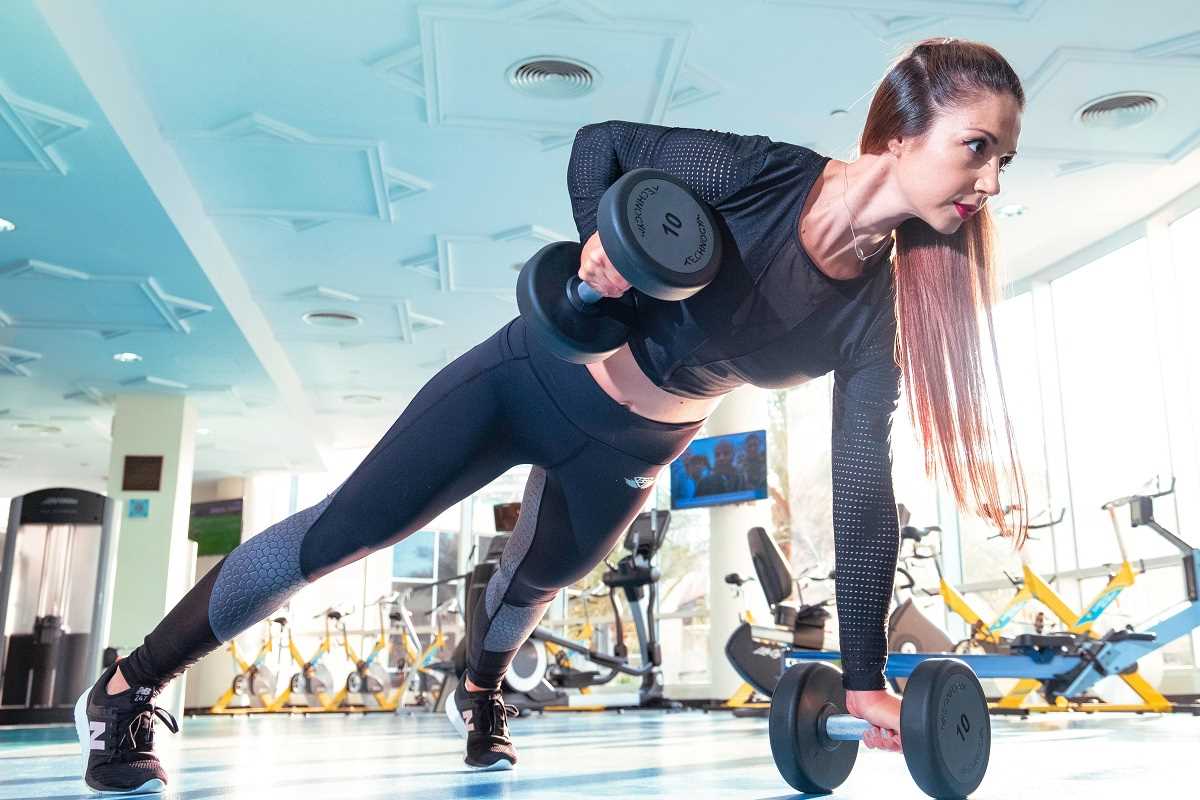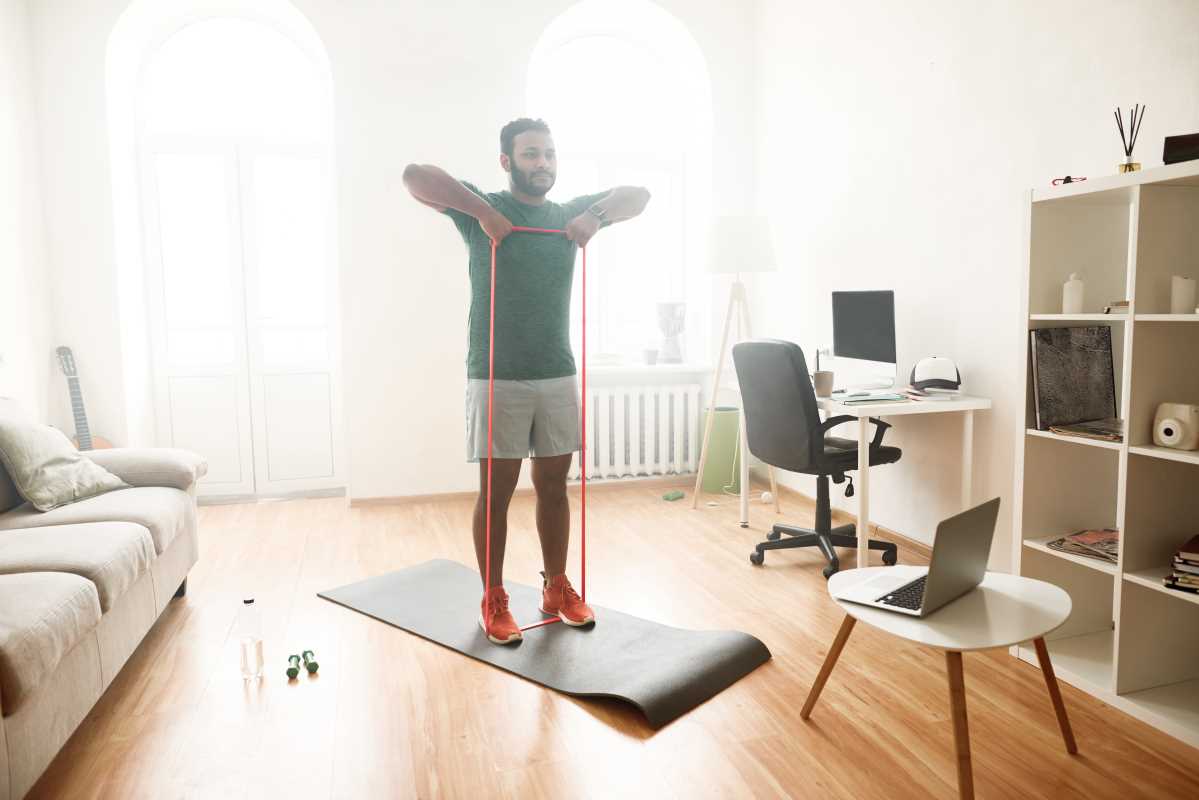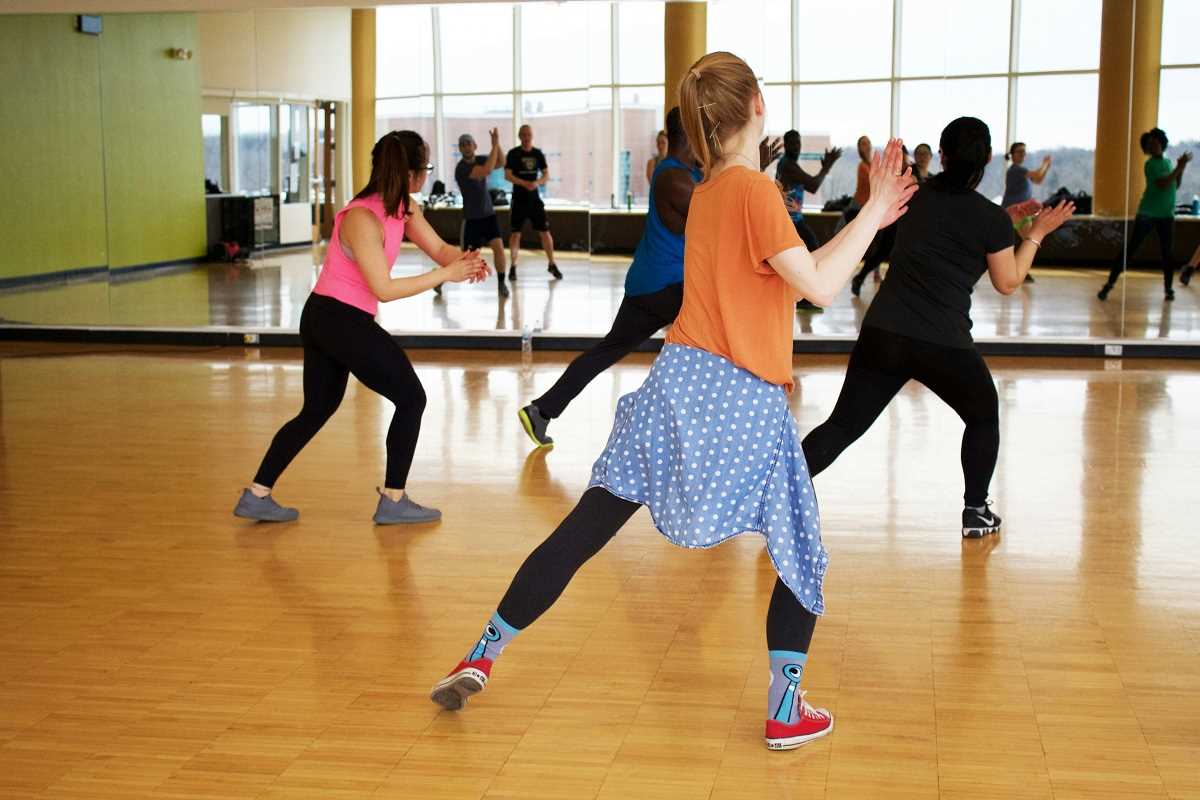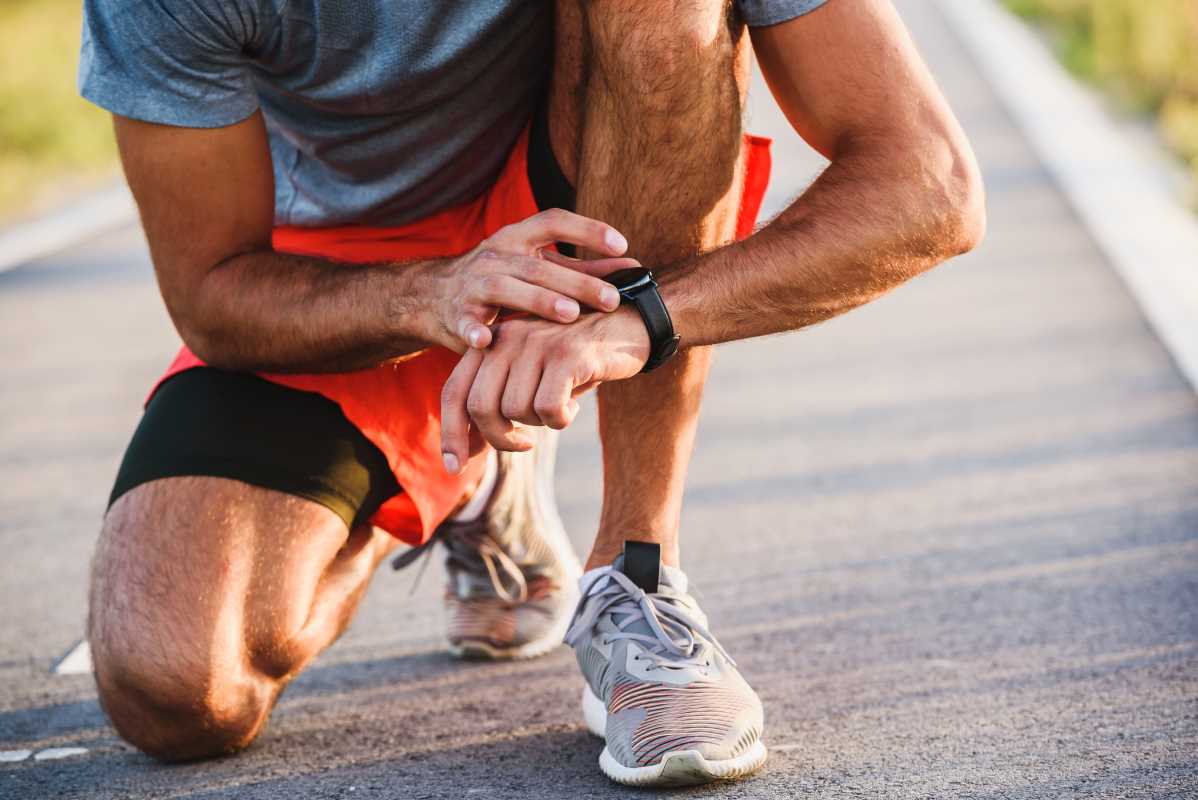High-intensity interval training, or HIIT, has become the go-to workout for people who want efficient and effective fitness routines. It’s a style of exercise that alternates between short bursts of intense activity and periods of rest or lower-intensity movement. What makes HIIT particularly exciting is its ability to deliver results—quickly. Over the years, it has evolved far beyond its original gym-based format. Today, it's influencing every corner of the fitness industry, from boutique studios to digital platforms and even outdoor workouts. Below, we’ll unpack some of the biggest trends reshaping the world of HIIT. You’ll discover how these innovations are making fitness not just a goal, but also a lifestyle change that’s more accessible, fun, and impactful than ever.
Why HIIT Remains Popular
The enduring popularity of HIIT comes down to its incredible versatility and efficiency. It provides a full-body workout that fits into even the busiest of schedules. You don’t need an hour at the gym—workouts can last as little as 10–30 minutes while still offering major benefits like increased calorie burn, improved cardiovascular health, and greater strength.
Another key feature is its adaptability. HIIT can be tailored to suit different fitness levels, making it perfect for beginners and seasoned athletes alike. Want to train for speed? Build muscle? Improve endurance? HIIT programs can meet you right where you’re at. Additionally, as HIIT evolves, new variations have emerged to keep workouts fresh and exciting, leading to several trends we’ll explore below.
Trend #1: Tech-Powered HIIT
Technology is one of the driving forces behind the evolution of HIIT. Fitness apps and wearable devices have transformed how people engage with their workouts.
HIIT-Centric Fitness Apps
Apps like Freeletics, Interval Timer, and Nike Training Club offer pre-designed HIIT workouts that cater to different fitness levels. These platforms are great for people who prefer structure or need quick workout ideas. The guided sessions often include timers, tutorials, and visual breakdowns of each exercise, so there’s no guessing involved.
Integration With Wearables
Wearable technology like Fitbit, Garmin, and Apple Watch has taken HIIT tracking to the next level. Many devices now feature specific HIIT modes designed to monitor intensity, heart rate, and calorie burn in real time. This data helps users push themselves during active intervals and recover effectively during rest periods. Personalized feedback from wearables ensures you're constantly improving in a safe and structured way.
Trend #2: Hybrid Workouts
Hybrid fitness classes combine HIIT with other styles of movement, blending the best of multiple workout disciplines to create something dynamic and unique.
HIIT and Yoga
This might sound like an odd pairing, but HIIT and yoga work surprisingly well together. Classes typically start with a yoga flow warm-up, transition into high-energy intervals (such as burpees and jump squats), and finish with yoga poses designed to cool down and stretch muscles. Studios like CorePower and independent trainers are popularizing this hybrid approach, which promotes both strength and flexibility.
HIIT Meets Dance
Programs like Zumba Strong and other dance-focused HIIT routines are gaining traction for making workouts feel less like a chore and more like a celebration. Intense intervals like jump lunges or push-ups are sprinkled throughout high-tempo choreography, creating a killer cardio session that’s equal parts sweat and fun.
Trend #3: Gamified HIIT Workouts
Nothing keeps motivation high like a bit of friendly competition. Gamification—a trend that uses elements of gaming to make workouts more engaging and rewarding—has hit the HIIT scene hard.
Fitness Challenges and Leaderboards
Platforms like Myzone and Zwift allow participants to compete virtually with others. These platforms track performance, reward effort with points, and display rankings on leaderboards. This community-focused spin on HIIT inspires participants to push themselves while celebrating progress together.
Virtual Reality (VR) Integration
VR workouts like those offered by Supernatural and FitXR have brought HIIT into the digital frontier. Imagine throwing punches at glowing targets or racing against the clock in an immersive environment—all while torching calories. HIIT VR adds a playful twist that breaks the monotony, especially for those who are easily bored by conventional exercise.
Trend #4: Outdoor HIIT
People are stepping out of their gyms and homes to take their HIIT workouts outdoors. Exercising in fresh air amplifies the mental health benefits of HIIT while keeping routines exciting.
Bootcamp-Style Classes
Parks have become the new fitness studios for HIIT enthusiasts. Many training programs now host outdoor bootcamps, offering group workouts that use bodyweight exercises, kettlebells, or resistance bands. The sense of camaraderie and connection to nature makes these sessions particularly appealing.
Trail and Stair Workouts
Another outdoor-friendly trend involves incorporating natural elements into HIIT routines. For instance, trail runs might include sprints up steep hills for your high-intensity interval, paired with brisk walking or light jogging for recovery. Similarly, staircases in public spaces have become popular HIIT spots for quick bursts of cardio and strength-building.
Trend #5: Shorter, Smarter Workouts
The busy pace of modern life has spurred the rise of “micro-HIIT” workouts. These ultra-short yet highly effective routines typically last between 4-15 minutes and focus on maximizing effort in minimal time.
Tabata Training
Tabata, a specific type of HIIT, is leading the charge in micro-workouts. With a structure of 20 seconds of intense activity followed by 10 seconds of rest, repeated for 4 minutes, Tabata is as efficient as it is intense. Exercises can include anything from jump squats to push-ups.
Customized High-Impact Intervals
Some programs now focus on workouts that target specific muscle groups or goals within a short timeframe. For example, a 10-minute session might focus exclusively on building core strength, while another targets upper body power. The shorter format makes it easier to fit fitness into any schedule.
Trend #6: Sustainable HIIT
The fitness world is beginning to shift toward a more sustainable approach to high-intensity workouts, reducing the risk of injury and burnout.
Low-Impact Options
Brands like Les Mills have introduced “low-impact HIIT” classes, ideal for those with joint issues or mobility limitations. Exercises like speed walking, slower-paced burpees, or resistance band work still challenge the body without the jarring impact of traditional moves.
Recovery-Focused Culture
More trainers and programs now emphasize the importance of integrating active recovery days or light-intensity workouts alongside HIIT. Foam rolling classes, mobility exercises, and mindfulness-based stretching routines are becoming key components of overall fitness plans.
 (Image via
(Image via





